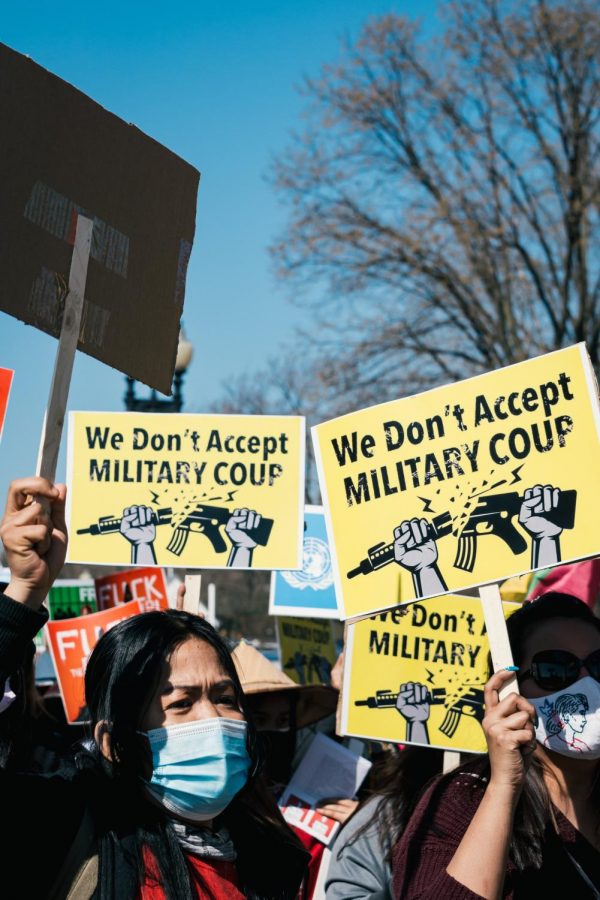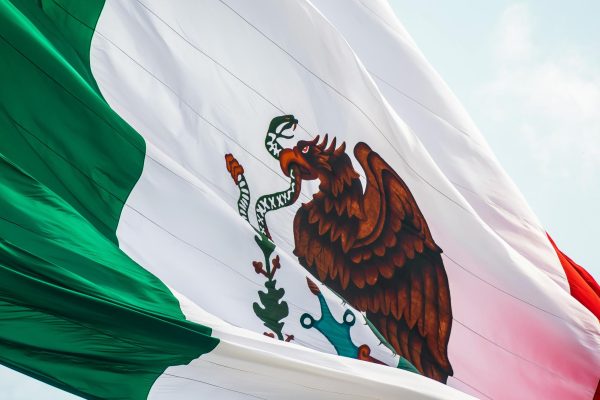Myanmar Military Stages Coup
April 25, 2021
On February 1, the Myanmar military overthrew the elected leader Aung San Suu Kyi, claiming that the 2020 Myanmar general election results were illegitimate. In the following days, hundreds of thousands of civil servants took part in protests and a national civil disobedience movement.
Most hospitals in the country, along with COVID vaccination sites, have shut down. Security forces and the Myanmar junta began using lethal force against protesters, resulting in 149 deaths as of March 17. Mass funerals were held for those killed by security forces.
This movement, however, is not the only source of pressure that’s being mounted on the military. The Myanmar military’s actions have received international criticism. The U.S. declared the overthrowing as a coup, threatened to penalize the people behind it, and demanded the release of arrested reporters and protestors. The United Nations condemned the actions made by the military and security forces. The ASEAN (Association of Southeast Asian Nations) has also debated whether to suspend Myanmar from the block, and is deliberating over the possibility of intervention. The situation has attracted controversy both within the ASEAN and abroad.
Unrest in the country is still on the rise. On March 14 and 15, 32 Chinese factories in Myanmar reported fires, which caused $37 million in damage. Some news sources have reported that attacks from protestors caused the fires. However, after further investigation, accounts from Yangon-based labor organizer Andrew Tillett-Saks have shown that the factories’ guards started the fire. The fires purportedly broke out after factory guards shot five workers (who were at the factory to collect their February wages).











Mathias • Sep 12, 2023 at 12:22 PM
Well written and covering a very important topic.